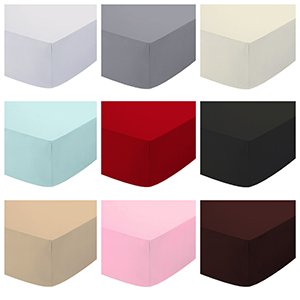Bedding And Home Textiles Manufacturing Industry

The home textile industry has undergone significant innovation in recent years, driven by changing consumer preferences, technological advancements, and sustainability concerns. The industry has evolved to offer a wide range of products that cater to the needs of modern consumers.
The home textile industry has undergone significant innovation in recent years, driven by changing consumer preferences, technological advancements, and sustainability concerns. The industry has evolved to offer a wide range of products that cater to the needs of modern consumers.
One of the most significant trends in the home textile industry is the use of sustainable materials. As people become more aware of environmental issues, there is a growing demand for eco-friendly products. In response, the industry has started using materials like organic cotton, bamboo, and recycled polyester to create sustainable and eco-friendly products. These materials are not only better for the environment but also provide consumers with the peace of mind that they are making a positive impact.
Another trend in the home textile industry is the emergence of smart home textiles. With the advent of the Internet of Things (IoT), smart home textiles are becoming increasingly popular. These textiles incorporate sensors and other technology to provide features like temperature control, automatic lighting, and even sleep tracking. For example, smart pillows can monitor sleep patterns and provide personalized recommendations for better sleep.
Customization is also becoming increasingly important in the home textile industry. Consumers today want products that are tailored to their specific needs and preferences. To cater to this demand, the home textile industry is using technologies like 3D printing and digital printing to create custom-made products. This allows consumers to have a say in the design and materials used in their home textiles.
Performance fabrics are another innovation in the home textile industry. These are textiles that are designed to provide specific performance features like moisture-wicking, antimicrobial properties, and UV protection. These fabrics are increasingly being used in products like bedding and outdoor furniture, providing consumers with high-performance products that meet their needs.
Collaborations and partnerships are also playing a significant role in the home textile industry’s innovation. The industry is collaborating with designers, artists, and other industry players to create unique and innovative products. This has led to the emergence of many new and exciting product designs that are appealing to modern consumers.
In conclusion, the home textile industry has seen significant innovation in recent years. The use of sustainable materials, smart home textiles, customization, performance fabrics, and collaborations and partnerships are some of the notable trends that have emerged in the industry. As consumer preferences and technological advancements continue to evolve, it is likely that the home textile industry will continue to innovate and create exciting new products in the years to come.
0 Comments